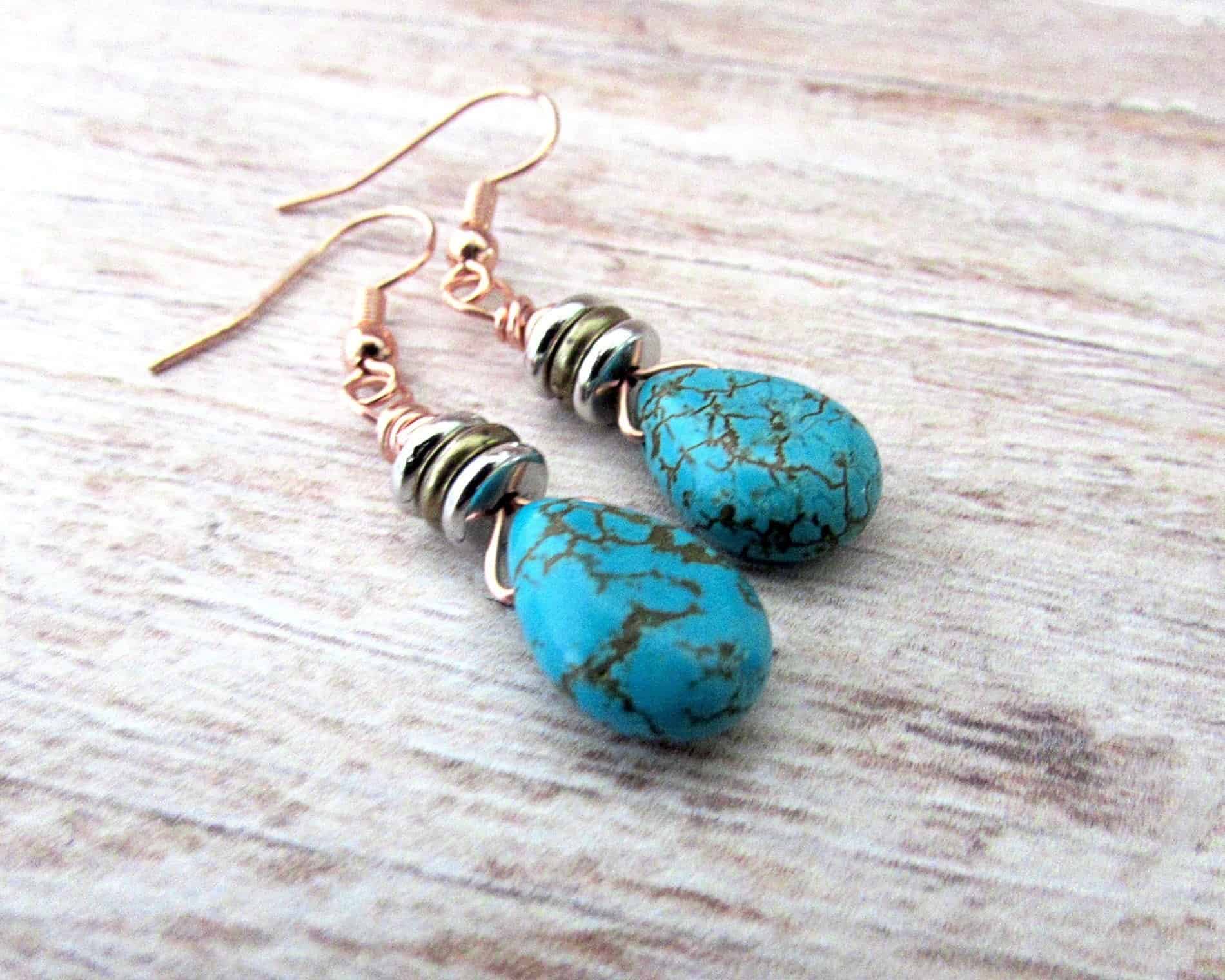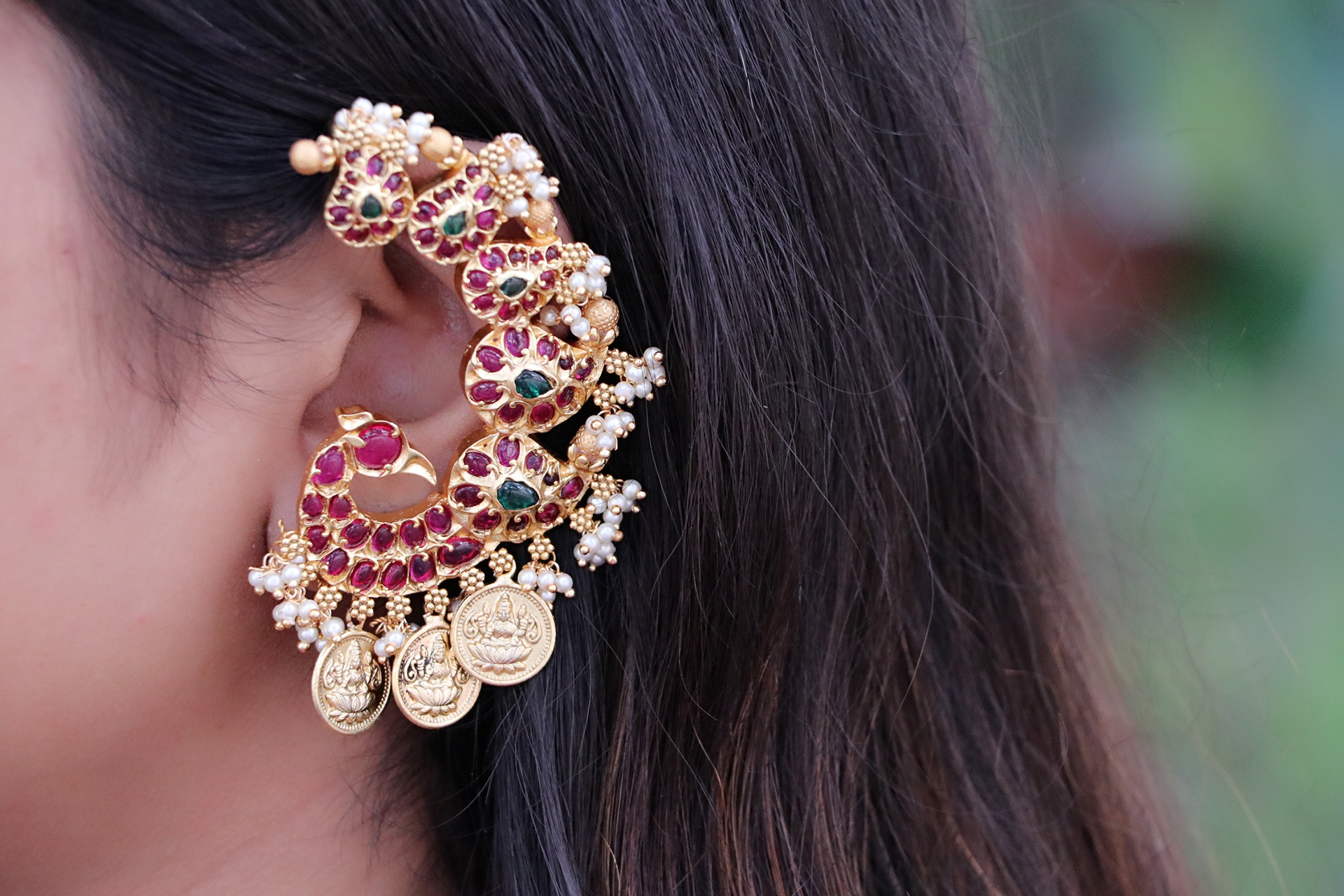Jewelry design ideas earrings – Embark on a captivating journey into the realm of jewelry design ideas for earrings, where creativity knows no bounds. From classic studs to avant-garde chandeliers, this guide unlocks a treasure trove of inspiration and practical knowledge to elevate your earring designs to new heights.
As we delve into the intricacies of earring design, you’ll discover the latest trends, explore different types of earrings, and master the elements and principles that shape their aesthetic appeal. Whether you’re a seasoned designer or just starting your journey, this guide will empower you with the knowledge and tools to create earrings that captivate and inspire.
Current Jewelry Design Trends for Earrings: Jewelry Design Ideas Earrings

The world of jewelry design is constantly evolving, with new trends emerging every season. When it comes to earrings, there are a few key trends that are dominating the fashion scene this year.
One of the most popular trends is for oversized earrings. These earrings are often made of bold materials, such as metal or acrylic, and they come in a variety of shapes and sizes. Oversized earrings are a great way to make a statement, and they can be dressed up or down depending on the occasion.
Unique and Innovative Earring Designs
Another popular trend is for unique and innovative earring designs. These earrings often feature unusual shapes, textures, or materials. They are a great way to add a touch of personality to your look, and they can be a conversation starter.
Some of the most popular materials used in earring design this year include gold, silver, and gemstones. However, there are also a number of new and innovative materials being used, such as leather, wood, and even 3D-printed plastic.
Types of Earrings

Earrings come in a wide variety of styles, from classic to contemporary. Each type has its own unique characteristics and appeal.
The following table provides an overview of some of the most popular types of earrings:
| Type | Characteristics | Styles |
|---|---|---|
| Studs | Small, single-piece earrings that are typically worn close to the earlobe | Diamond studs, pearl studs, gemstone studs |
| Hoops | Circular or oval earrings that hang from the earlobe | Small hoops, large hoops, chunky hoops |
| Dangles | Earrings that hang from the earlobe and feature a decorative element that swings or dangles | Chandelier earrings, drop earrings, tassel earrings |
| Chandeliers | Long, elaborate earrings that feature multiple tiers of crystals or gemstones | Crystal chandeliers, pearl chandeliers, gemstone chandeliers |
Earring Design Elements and Principles

The design of earrings involves a combination of elements and principles that contribute to their overall aesthetic appeal. These elements include shape, size, texture, and color, each playing a significant role in creating unique and visually captivating designs.
Shape
The shape of an earring is a fundamental aspect of its design. From classic hoops and studs to intricate geometric patterns and organic forms, the shape can evoke different moods and styles. Earrings can be symmetrical or asymmetrical, with the latter offering a more dynamic and unconventional look.
Size
The size of an earring can range from petite and delicate to bold and statement-making. Small earrings are often versatile and suitable for everyday wear, while larger earrings can create a dramatic impact. The size of an earring should be proportionate to the wearer’s face shape and personal preferences.
Texture
Texture adds depth and interest to earring designs. It can be smooth, rough, hammered, or textured with gemstones or other materials. Different textures can create different visual effects, from a subtle shimmer to a striking contrast.
Color
Color is a powerful element in earring design. It can be used to create vibrant and eye-catching pieces or more subtle and sophisticated designs. Earrings can feature a single color or a combination of colors, and the choice of colors can influence the overall mood and style of the earring.
Inspiration and Sources for Earring Designs

Earring designers draw inspiration from a multitude of sources to create unique and captivating pieces. These sources can range from the natural world to the realm of art and fashion, providing designers with a wealth of ideas and motifs.
Nature, with its intricate patterns, vibrant colors, and diverse forms, serves as a constant source of inspiration for earring designers. From the delicate petals of flowers to the intricate patterns of seashells, nature offers endless possibilities for earring designs.
Art, Jewelry design ideas earrings
The world of art, encompassing paintings, sculptures, and architecture, provides another rich source of inspiration for earring designers. Designers may draw inspiration from the bold colors and abstract forms of modern art or the intricate details and historical motifs found in classical art.
Fashion
Fashion trends also play a significant role in influencing earring designs. Designers may incorporate elements of current fashion trends, such as geometric shapes, bold colors, or delicate details, into their earring designs to create pieces that complement the latest styles.
Earring Design Software and Tools
The availability of specialized software and tools has revolutionized the earring design process, empowering designers to create intricate and unique pieces with greater precision and efficiency.
These tools offer a wide range of capabilities, from basic sketching and modeling to advanced 3D rendering and simulation. They enable designers to experiment with different shapes, sizes, and materials, explore various design options, and visualize their creations in a realistic manner.
Software Recommendations
The choice of software depends on the designer’s skill level, budget, and specific design requirements. Here are some recommendations:
- Beginners:SketchUp, Tinkercad, and Fusion 360 (free or low-cost options with user-friendly interfaces and basic design tools)
- Intermediate:Rhino3D, SolidWorks, and Blender (professional-grade software with advanced modeling and rendering capabilities)
- Professionals:MatrixGold, RhinoGold, and Gemvision (industry-specific software tailored for jewelry design, offering specialized tools for creating complex and detailed pieces)
Custom Earring Design Process

Custom earring design involves collaborating with clients to create unique and personalized pieces that reflect their style and preferences. The process typically encompasses several steps, each requiring careful consideration and attention to detail.
Initial Consultation
The initial consultation is crucial for understanding the client’s vision and requirements. Designers engage in detailed discussions with clients, exploring their inspiration, preferred materials, desired styles, and any specific elements they wish to incorporate into the design.
Sketching and Conceptualization
Based on the initial consultation, designers create sketches to visualize and refine the design ideas. These sketches serve as a starting point for further development and allow clients to provide feedback and suggest modifications.
Material Selection and Sourcing
The choice of materials plays a significant role in the overall aesthetics and durability of the earrings. Designers consider factors such as the client’s preferences, the design’s intended use, and the availability and cost of materials. They collaborate with suppliers to source high-quality materials that meet the client’s specifications.
Fabrication and Assembly
Once the design is finalized and materials are selected, the fabrication process begins. Designers use various techniques, such as metalworking, stone setting, and soldering, to create the earrings. This stage requires precision and attention to detail to ensure the earrings are crafted to the highest standards.
Finishing and Quality Control
The final step involves finishing the earrings to enhance their appearance and durability. This may include polishing, plating, or adding decorative elements. Designers conduct thorough quality control checks to ensure the earrings meet the client’s expectations and are free from defects.
Considerations and Challenges
Custom earring design presents several considerations and challenges. Designers must balance the client’s vision with technical feasibility, ensuring the earrings are both aesthetically pleasing and structurally sound. They also need to consider factors such as the client’s budget, timeline, and any special requirements.
Tips and Best Practices
- Maintain open communication with the client throughout the design process to ensure their satisfaction.
- Conduct thorough research on materials, techniques, and trends to expand your knowledge and offer innovative solutions.
- Pay attention to details and strive for precision in every aspect of the design and fabrication process.
- Stay updated with the latest design software and tools to enhance your creativity and efficiency.
- Seek feedback from experienced professionals and mentors to gain valuable insights and improve your skills.
End of Discussion

In conclusion, the world of jewelry design ideas for earrings is a boundless canvas where imagination and craftsmanship intertwine. By embracing the latest trends, understanding the nuances of different earring types, and harnessing the power of design elements, you can create earrings that transcend mere adornment and become wearable works of art.
May this guide serve as a constant companion on your creative journey, inspiring you to push the boundaries and create earrings that leave an unforgettable mark.
Commonly Asked Questions
What are the most popular earring design trends?
Currently, popular earring design trends include oversized hoops, geometric shapes, mismatched pairs, and delicate chains with pendants.
What are the different types of earrings?
There are numerous types of earrings, including studs, hoops, dangles, chandeliers, drops, and climbers, each with its unique characteristics and styles.
What elements should I consider when designing earrings?
When designing earrings, consider elements such as shape, size, texture, color, and balance to create a cohesive and visually appealing design.
